Bystander support system
Have you been present in a medical emergency? Being a part of an emergency such as a resuscitation attempt, can be a tough experience. When the ambulance leaves, you may be left with many thoughts and questions. We offer support from experienced healthcare professionals. This service is available to bystanders across the country.
Contact
Contact
Call us at: 02415 (only available to Norwegian citizens)
We are bound by confidentiality, and the service is free.
For questions about the service, contact Anne Friis Thommassen
Email: anne.friis.thommassen@sus.no
Who is the service for?
This service is for anyone who have witnessed or provided first aid during a medical emergency. You do not need to have performed any first aid or cardiopulmonary resuscitation (CPR) to use the support service, but you must have been present in such a situation. The incident could be a cardiac arrest, a serious accident, a suicide/suicide attempt etc. You may have been a relative or a complete stranger to the person who was seriously ill.
What happens when I call 02415?
When you call 02415, you can book an appointment for follow-up with two of our experienced staff members. If needed, you may also receive a short debrief immediately. We usually have a short waiting time, typically 1–5 business days. The follow-up conversation can take place in person, via Teams, or by phone.
Currently, we have physical locations in Stavanger, Gjøvik, Trondheim, and Ålesund. If you live near one of these locations, we recommend an in-person conversation. If you live elsewhere or prefer not to attend in person, we can offer the conversation via Teams or phone. The phone line is staffed only during weekday daytime hours.
If you are unable to call, you can send an email to anne.friis.thommassen@sus.no instead.
We can also provide an interpreter if needed—please request this when booking your follow-up.
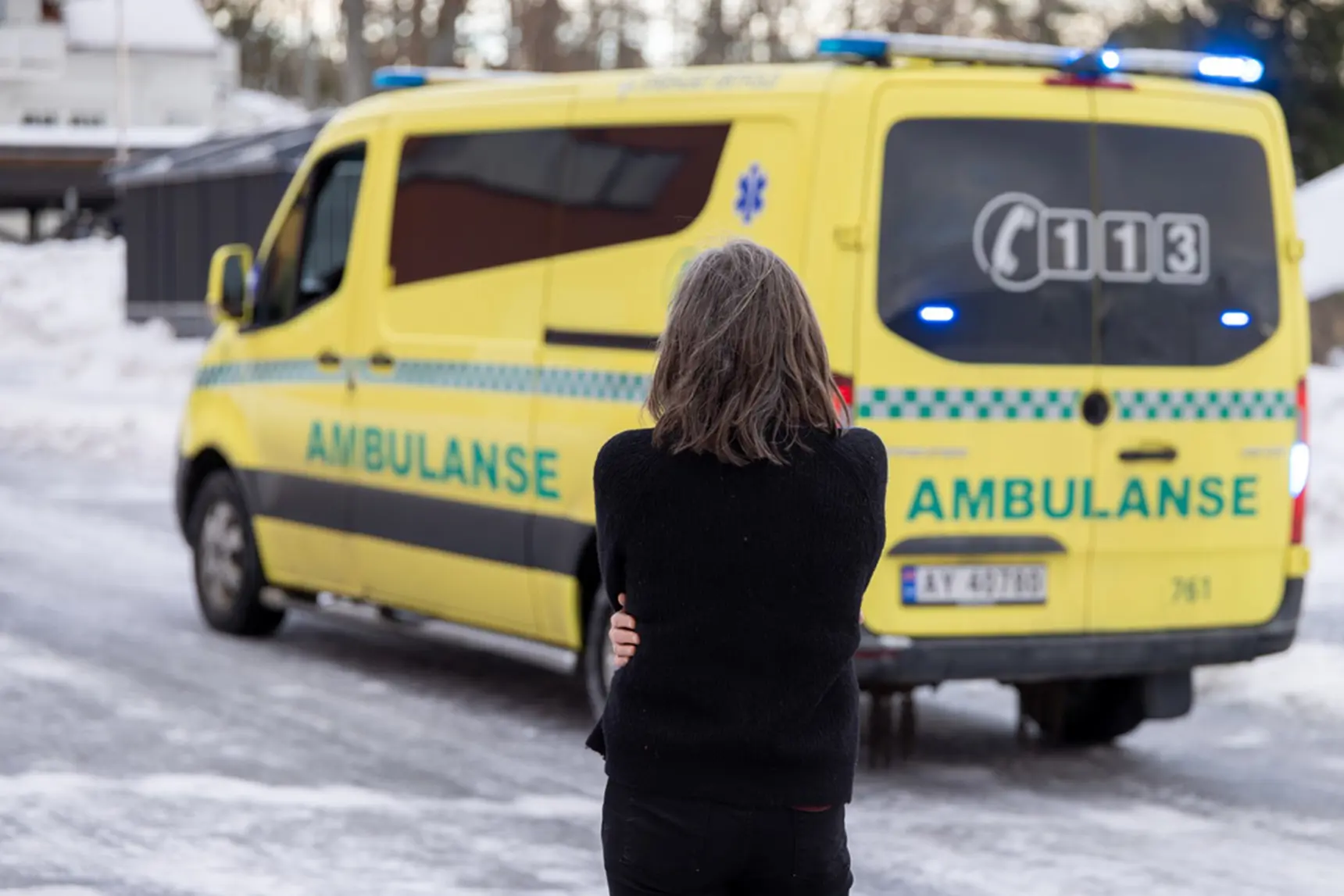
What does the support system do?
The bystander support system consist of follow-up conversations. You will meet with two experienced healthcare professionals with expertise in emergency medicine and crisis reactions. We allocate 90 minutes for individual conversations and 2 hours if there are multiple bystanders. You can receive multiple follow up conversations if necessary. You may also bring a relative for support if you wish.
During the conversation, we will go through the incident together with you and can answer general medical questions. We do not have access to information about the patient or the incident beyond what you share with us. However, based on our experience and knowledge in emergency medicine, we are often able to answer most questions.
Common topics in a follow-up conversation include talking though the incident, information about standard emergency medical procedures, answers to medical questions, information about normal crisis reactions, and advice and support for managing possible reactions.
Who will you meet?
If you receive follow-up from RAKOS (our national service based in Stavanger), you will meet two of our team members:

Conrad Bjørshol
Conrad is a senior consultant in anesthesiology at Stavanger University Hospital (SUS) and holds a PhD in the quality of cardiopulmonary resuscitation (CPR). He also works as a senior researcher at RAKOS and as a professor at the Department of Clinical Medicine 1 at the University of Bergen (UiB). In addition, Conrad is a board member of the Norwegian First Aid Council and the Norwegian Resuscitation Council, and he has authored national CPR guidelines in Norway.
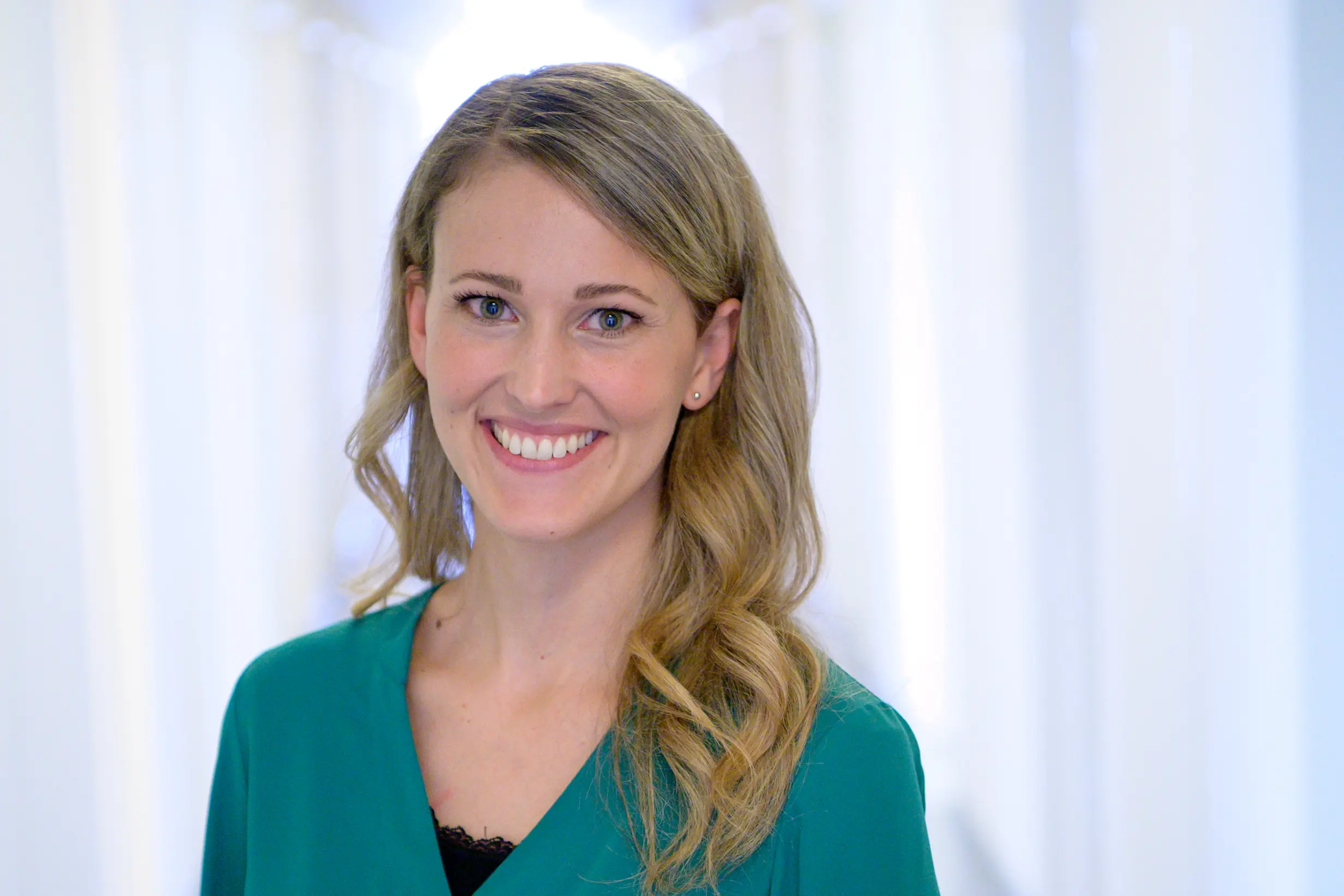
Anna Moe Øvstebø
Anna is the project manager for the Bystander Support System. She holds a master’s degree in human physiology and has additional education in grief support and crisis psychology. She is currently pursuing a PhD at the Centre for Crisis Psychology at UiB / SUS, funded by the Norwegian Air Ambulance Foundation. Her research focuses on bystander support.
Kristina Reilstad
Kristina works as a consultant at RAKOS and as a nurse at the 113 emergency dispatch center in Stavanger. She has extensive previous experience from the emergency department and the operating room at Stavanger University Hospital.
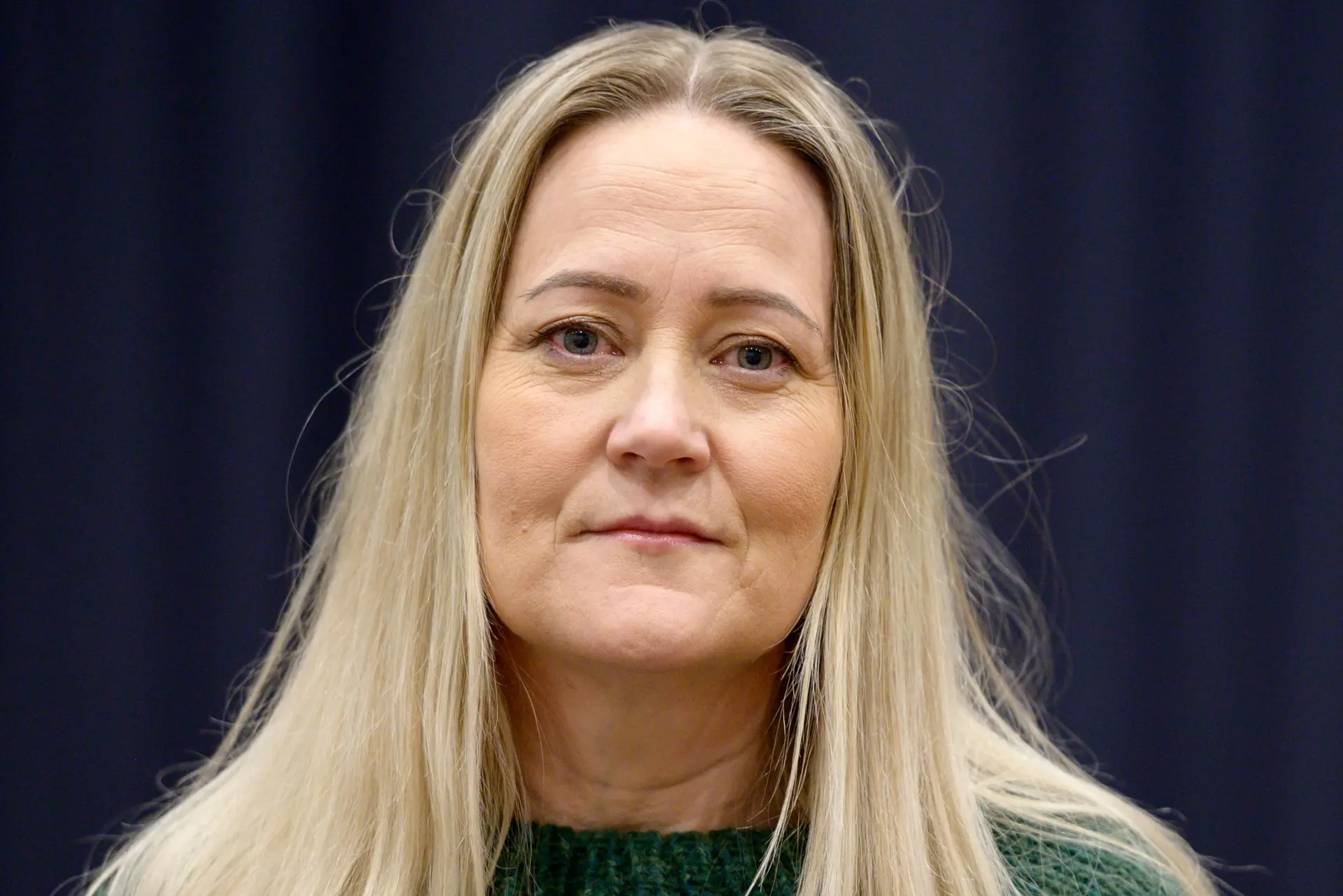
Elisabeth Dyrnes
Elisabeth is a nurse at the 113 emergency dispatch center in Stavanger and at RAKOS, where she primarily works with follow-up for bystanders. She has broad experience from the ambulance service.
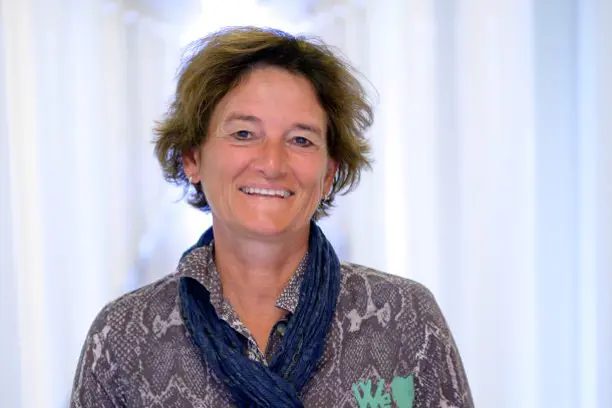
Anne Friis Thommassen
Anne works at RAKOS and is responsible for the national helpline 02415, where appointments for follow-up conversations are scheduled. She also participates in follow-up conversations and has extensive training in this area.
If you receive follow-up at our locations in Gjøvik, Ålesund, or Trondheim, you will meet skilled 113 nurses with experience in emergency medicine and training in conducting conversations with bystanders.
More information
If you were present during a cardiac arrest and know that the patient died, it may be helpful to know that only 1 in 7 patients survive a cardiac arrest. Even with good CPR, it is most common that the patient does not survive. Many factors influence the outcome, such as whether someone was present when the cardiac arrest occurred, how long it took for the ambulance to arrive, and whether the patient had other underlying conditions. It is also very difficult to cause serious harm when performing CPR, even if, for example, ribs are broken. The most important thing is that you do your best.
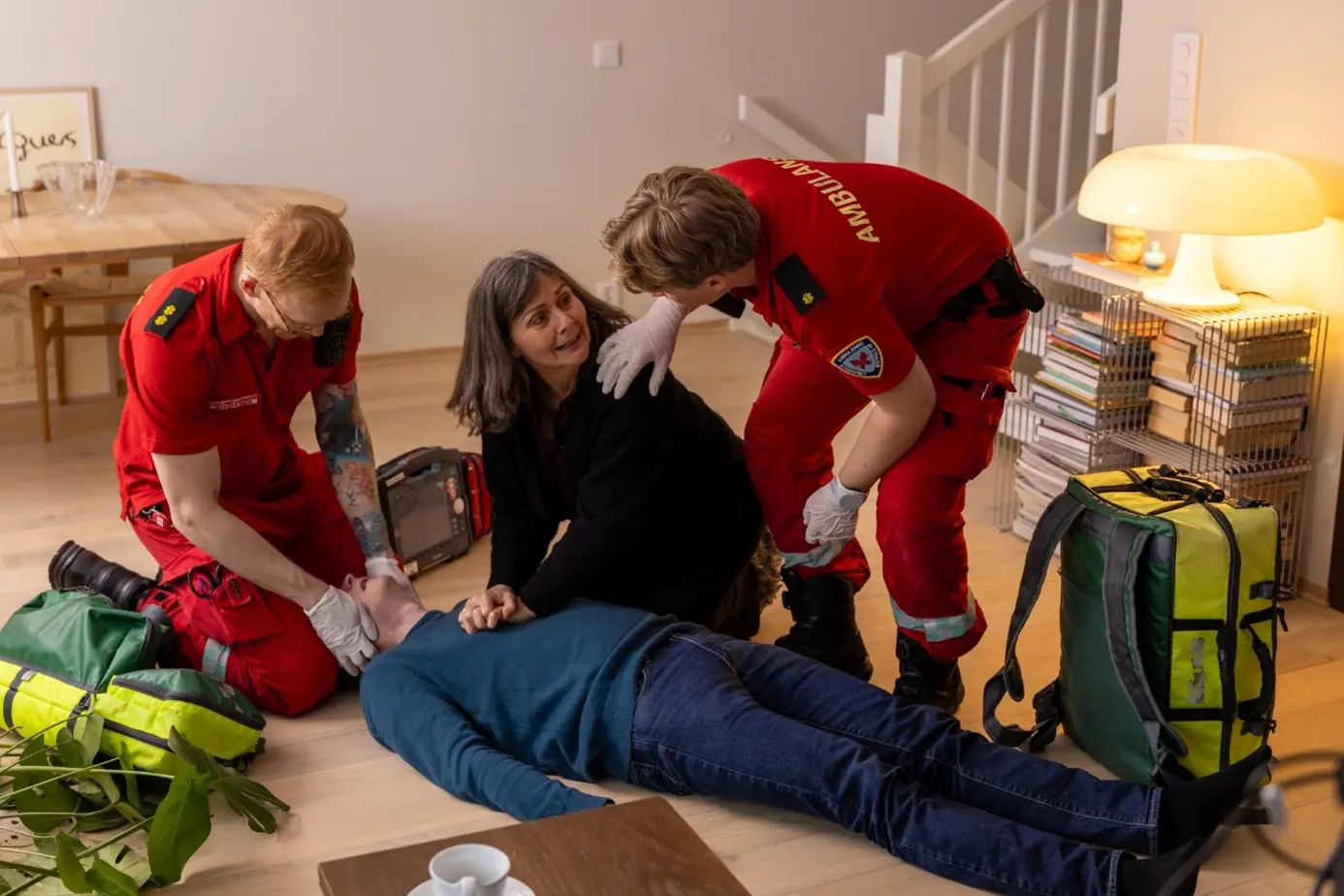
Normal reactions to an abnormal event
Calling 113 is also an important part of providing first aid. If you were unable to help, know that it is not unusual to feel paralyzed in an emergency. Even experienced healthcare professionals can experience this if they are caught off guard in a first aid situation. It can be especially difficult to be a bystander when the person in need is a family member, friend, or acquaintance. Whether you were unable to help or someone else took over, witnessing someone being seriously ill or injured can be very distressing.
It is not uncommon to have many thoughts and to ruminate after being in a medical emergency. Many people are left with strong impressions that can be disturbing afterward, especially sensory impressions like sights and sounds. You may worry about what happened to the patient, and some people feel guilty for not having provided good enough first aid. Others may experience sleep problems, flashbacks, anxiety, trouble concentrating, weight loss, and difficulty functioning in daily life. Some people feel numb or that the whole experience feels unreal. All of these are normal reactions to an “abnormal” event.
It is normal to have such reactions in the first weeks and months after a serious incident. Most people will notice a gradual improvement in symptoms within the first few days or the first week. For some, it takes longer. It is also completely normal not to have any particular aftereffects. You can read more about reactions here: Reaksjoner | Kriser | UiB.
Do you want someone to talk to?
You do not need to have any of the symptoms mentioned above to have a conversation with us. Many bystanders benefit from going through the incident with professionals. However, not everyone needs follow-up after a medical emergency. Some people do not feel the need to talk, and that is completely okay. As long as you are aware of not avoiding things that remind you of the incident and you are functioning well in daily life, there is no reason to worry.
Some people find support in family and friends, their GP, or other support services. For others, thoughts and feelings may arise later. There is no expiration date on the follow-up service, and it is never too late to get in touch. If you want someone to talk to, call us at 02415.
The service is free and confidential.
Contact
Call us at: 02415 (for Norwegian residents only)
For questions about the service, contact Anne Friis Thommassen
Email: anne.friis.thommassen@sus.no
In case of emergency, call the medical emergency number 113
If it is urgent but not an emergency, call the out-of-hours medical service at 116117
Practical information for follow-up conversations in Stavanger
Address
You’ll find us at Spinneriveien 20, 4016 Stavanger. [Map]
Please take a seat in the waiting area, and we will come and get you.
Opening hours
Call 02415 to check the current opening hours for our phone line. The line is usually open from 09:00 to 15:00, Monday to Friday. Follow-up conversations are held between 08:00/08:30 and 15:30 on weekdays.
Parking
You can park outside Spinneriveien 20 along the side of the building (in front of the main entrance). There is also a payment automate available.
RAKOS in the media
(Link to another website)
What can you do?
The same day as the incident
It is recommended not to sleep during the first six hours after the incident. Research shows that it takes about six hours for the brain to store strong sensory impressions in our memory. Staying awake and keeping your brain occupied with activities like watching a movie, playing video games, listening to music, or doing practical tasks can interfere with the storage of strong memories and may reduce later distress. For the same reason, it is not recommended to take sleeping pills the first night after a serious incident.
If you did go to bed right after the incident, don’t worry. Many people sleep poorly that first night, which is natural and even beneficial. If you sleep well, it may mean the incident didn’t feel as overwhelming—which is also a good sign.
Research also shows that talking in detail about feelings and impressions on the same day as the incident can lead to more distress later. This is also related to how the brain stores memories. Therefore, we schedule follow-up conversations no earlier than the day after an incident.
It is also recommended not to be alone right after a crisis and to try to engage in normal activities. If you feel restless, a brisk walk or relaxation exercises (see below) may help.
Stick to routines
There are many factors that influence whether someone experiences distressing reactions after an incident. Some of these include the type of incident, how close you were to it, whether you were a relative of the patient, your personality, other life stressors, past difficult experiences, and support from friends and family. Still, there are many things you can do yourself to manage and reduce any reactions that may arise. Trying to maintain routines—such as going to work if possible, having regular meals, and resuming other normal activities—is “good medicine” for most people. For specific challenges or reactions, see the information below.
Sleep problems
Many people find sleep difficult even after the first night. You may struggle to fall asleep due to rumination or disturbing images or wake frequently from nightmares or for no clear reason. Others sleep well, which is also completely normal. If you are struggling with sleep, there are some simple techniques you can try. For example, you can count backwards from 1000 in steps of seven—1000, 993, 986, 979, and so on. This requires concentration and can help shift your focus away from troubling thoughts.
Informational videos by renowned crisis psychologist Atle Dyregrov:
Norwegian Directorate of Health brochure:
Sov godt – Gode råd for bedre søvn
Sometimes the cause of sleep problems is disturbing images from the incident, rumination, or a restless body. In such cases, the advice below may help.
Disturbing images and other impressions
Many bystanders experience disturbing memories from the incident. These may include the sight of the patient lying lifeless on the ground, the sound of sirens, or the smell of vomit. Such impressions can interfere with your ability to concentrate during the day and disrupt your sleep at night. For most people, these memories become significantly less distressing within the first week. If the memories do not improve, there are several simple techniques you can try.
Informational videos by renowned crisis psychologist Atle Dyregrov:
Rumination
Many bystanders find themselves ruminating about the incident afterward. Could I have done something differently? What really happened? How is the patient doing? These thoughts can be distressing and consume a lot of energy. If the rumination continues over time, there are several techniques you can try to reduce it. One helpful method for many is to set aside a specific “rumination time” each day—15 to 20 minutes at a fixed time (but not right before bed)—where you allow yourself to think and reflect as much as you want. Some people find it helpful to write down their thoughts, while others just sit and think. When the time is up, you should try your best to push the thoughts away for the rest of the day. This can be very difficult at first, but it usually gets easier over time.
If you find it hard to break out of ruminative thoughts, you can try opening a window and imagining that you are breathing out all our thoughts. You can also try putting on music, turning on the TV, going for a walk, or doing something else you enjoy. It can also be helpful to distinguish between what you know (facts) and what you believe (assumptions). Often, we spend a lot of time ruminating about things we don’t actually know. During a follow-up conversation, we can help you separate fact from fiction or unnecessary worry, based on experience from similar situations and knowledge of emergency medicine.
Informational videos by renowned crisis psychologist Atle Dyregrov:
Restless body
Many people feel a sense of inner restlessness in their body after a serious incident. You might feel like you're constantly on alert for new emergencies. Sudden noises might startle you, or you might feel your heart race when you see an ambulance. There are many things you can do to help calm your body.
Talking to yourself—either out loud or internally, depending on whether you're alone—and saying things repeatedly like “It’s okay, there’s nothing dangerous” can help reduce sudden waves of anxiety. Various breathing techniques and relaxation exercises can also be very helpful, especially if you’re experiencing a more prolonged sense of restlessness.
Informational video by renowned crisis psychologist Atle Dyregrov:
Additional resources:
- Relaxation exercises – National Center for Sleep Medicine (Helse Bergen HF): Avslapningsøvelser - Helse Bergen HF (helse-bergen.no)
- Friskliv og mestring in Trondheim municipality has created two audio files with relaxation exercises: progressive muscle relaxation and Herbert Benson’s deep relaxation method.
To MP4-filer med avspenningsøvelser, stor fil (ZIP 100 MB)
Guilt
Many bystanders may experience feelings of guilt and shame. You might feel guilty that the patient didn’t survive, or ashamed that you didn’t handle the emergency as well as you had hoped. It’s important to remember that in an acute crisis, people are not able to think and reason the way they normally do. Even healthcare professionals can be completely overwhelmed if they find themselves in a serious situation during their time off.
For example, you can read about the air ambulance doctor who was completely overwhelmed when he found his own son lifeless in a pool while on vacation: «Hvordan gjør jeg dette, igjen?» - Norsk Luftambulanse.
In a crisis, we often don’t have control over our reactions. Some people get tunnel vision and focus on trying to save the person. Others freeze completely. Some just want to run away. All of these are completely normal reactions. Still, feelings of guilt and shame can arise afterwards. These emotions can be very painful and difficult to talk about.
Our follow-up service has extensive experience talking with people about these kinds of thoughts. You will be met with understanding and respect, no matter what you feel guilty about.
Below you’ll find some advice on what you can do yourself to manage feelings of guilt.
Informational video by renowned crisis psychologist Atle Dyregrov:
Written information on managing distressing images, rumination, restlessness, sleep issues, guilt, etc. in English:
Other important topics
Grief
Many bystanders have lost a friend or family member following a medical emergency. Grief can be a heavy burden that requires a lot of energy and can affect many aspects of daily life. It is important to allow yourself breaks from the grief from the beginning. Taking breaks from the sadness and trying to do something enjoyable is important, and it’s okay to laugh without feeling guilty.
Even though you might feel like you should only be sad in the beginning, research shows that taking breaks from grief is a normal and healthy part of the grieving process. If the grief feels overwhelming and affects your daily activities and work life beyond the first month, it is important to seek help. There is a lot of good support available.
The follow-up service can help you process the serious incident, which is important for a healthy grieving process. For further help with grief and any existential questions, most religious and life stance communities offer good conversation services. Your general practitioner can also help you find the right support for your needs.
Grief support groups can also be very helpful for many people, but it is often recommended to wait a couple of months after the loss before joining a group. This is because it can be emotionally difficult to take in the grief of others in the group during the early stages of your own grief.
More information: sorggrupper.no
Children
Children who have been involved in a medical emergency can also use our follow-up service. Children under the age of 16 must be accompanied by at least one parent or guardian during the follow-up conversation. We can also provide guidance to parents and guardians of children who have experienced medical emergencies.
Below you will find more information about children and crises:
Hvordan snakke med barn om ulykker og kriser? - Klinikk for krisepsykologi
Barn og unge - Klinikk for krisepsykologi
Barn som pårørende – Pårørendesenteret
Other support services
Some people may need to use other support services in addition to, or instead of, the follow-up service for first aid responders.
If it is an emergency, call the medical emergency number 113.
If it is urgent but not life-threatening, call the out-of-hours medical service at 116117.
Your general practitioner (GP) can also help with issues such as sleep problems, the need for sick leave, or referrals to a psychologist.
Many municipalities in Norway also offer a service called “Rask psykisk helsehjelp” (Rapid Mental Health Support). They can assist with mild to moderate mental health issues.
Read more about this service in Stavanger municipality here: Rask psykisk helsehjelp | Helsehuset
Pårørendesenteret (The Relatives’ Centre) has a national helpline and chat service. In the Stavanger region, they also offer in-person conversations.
Visit: Pårørendesenteret – Ressurser for deg som er pårørende
Other helplines and services:
Mental Helse - Alle har en Mental Helse
LEVE | Landsforeningen for etterlatte ved selvmord
Info in English - Landsforeningen uventet barnedød (LUB)